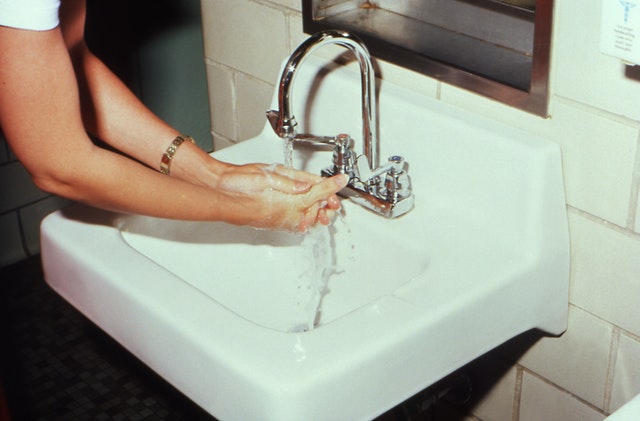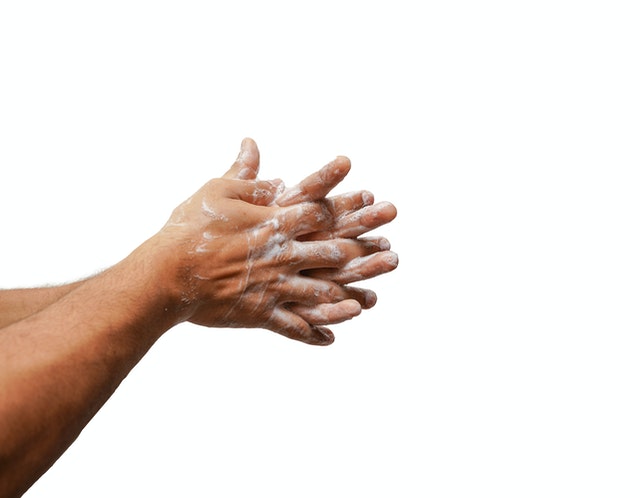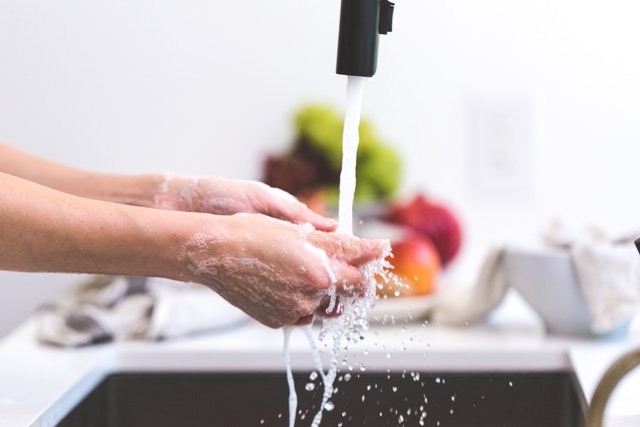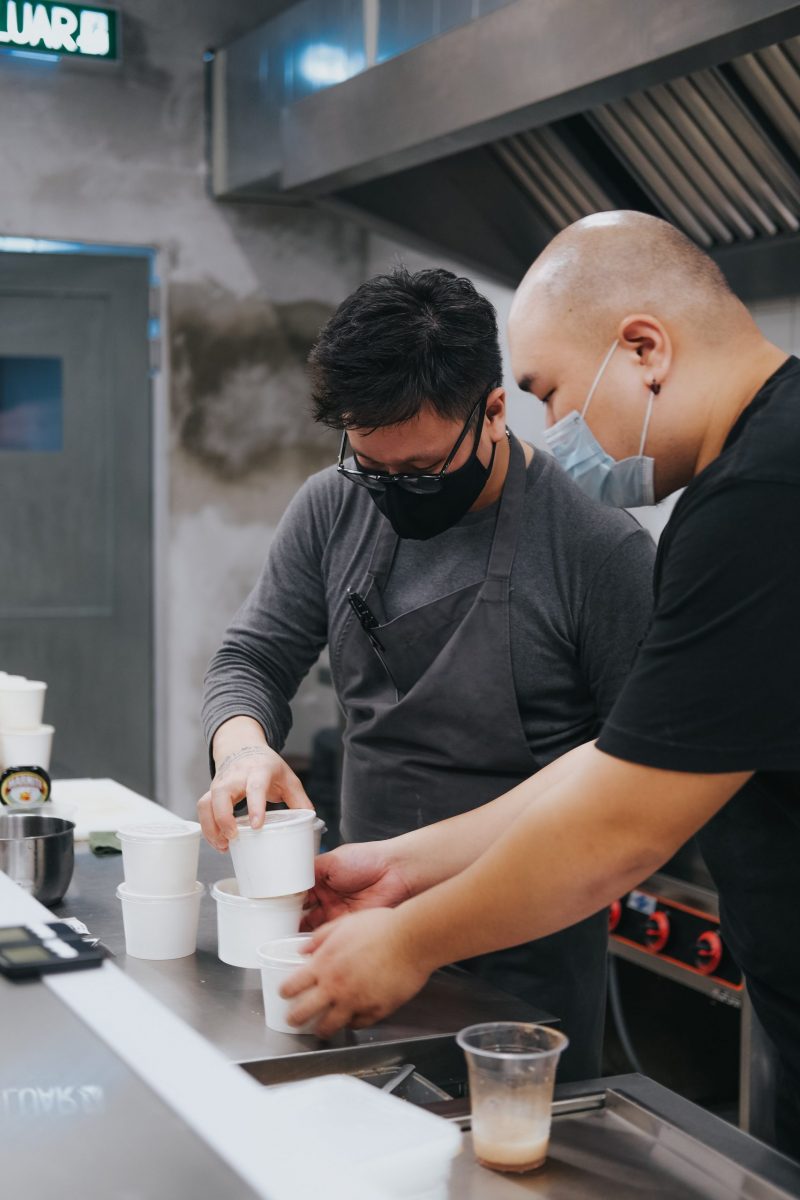You know how vital it is to wash your hands, but do you actually know how to do it? Make sure you know the basics of hand cleaning with our ServSafe handwashing guide in this article. In this guide, Servsafe-Prep will show you everything you need to know!
Why Do You Have To Wash Your Hands?
Any individual who works in a position where they come into contact with food or food preparation is referred to as a food handler. This can be done directly by preparing, packaging, and serving food, or indirectly by storing, transporting, and delivering food. Food handlers include those who come into contact with food preparation surfaces including cutlery, crockery, benches, and kitchen equipment, and are subject to the same laws and regulations as those who directly handle food. Handwashing is essential for preventing food contamination by food handlers. Proper handwashing techniques eliminate harmful germs such as E. coli, Salmonella, and Staphylococcus aureus, as well as viruses (such as norovirus) from food workers’ hands. Poor personal hygiene may lead to significant problems in the kitchen, the most serious of which is food poisoning, as well as permanent harm to a food business’s reputation. To provide a safe working environment and avoid the spread of foodborne illnesses, it is critical that you practice excellent personal hygiene and handwashing as a food handler.
When To Wash Your Hands?

- When your hands are clearly dirty or soiled,
- After using the bathroom,
- Before you eat or drink,
- Following a cough or sneeze,
- Following the disposal of trash or waste,
- After coming into touch with the bodily fluids of another individual,
- After coming into contact with an animal,
- After coming into contact with raw foods,
- Prior to preparing the food,
- If you’re not sure if your hands are clean.
There is also one thing worth noting that whether or not gloves are worn, proper handwashing is essential. Hand cleaning should be done before putting on gloves, during glove changes, and after gloves are removed if gloves are used.
The issue with using gloves is that they are often seen as a barrier to food contamination in instances when employees have not been properly trained on food safety. Staff may then do a variety of non-food activities while wearing the same gloves they use to prepare food (e.g., handling money, emptying bins, and cleaning counters).
Because of the warm, moist environment provided by the gloves, germs on the skin quickly grow when worn for an extended length of time without regular changing and hand washing. A large number of germs can be transferred to food if the gloves break or are removed and food is touched without handwashing.
How To Wash Your Hands?
- Wet hands with warm water
- Use liquid or bar soap. To be effective, the soap does not have to be antibacterial, but it can be.
- Rub your hands together for at least 20 seconds, cleaning between your fingers and beneath your fingernails. Wash the backs of your hands, wrists, and forearms as well
- Rinse well, keeping hands and fingers pointed downwards as you do
- Dry hands with a paper towel. Hand dryers should not be used in places where food is prepared.
- Turn off the faucet and open the bathroom door using a paper towel if feasible.
Read more >> Big 6 Foodborne Illnesses: How to Prevent Them?
Five Important ServSafe Handwashing Facts

Hands can contain dangerous germs and bacteria even if they appear clean, therefore proper hand washing is essential when handling food. Improper handwashing is one of the major causes of food contamination, allowing germs like Salmonella, E. coli, and Norovirus, as well as dangerous respiratory infections like Adenovirus and Hand-Foot-Mouth disease, to spread. According to the CDC, approximately 2.2 million children under the age of five die each year from diarrhea and respiratory illnesses caused by poor food preparation throughout the world. After commencing work, handling money, handling raw meat, sneezing or touching the face, and, of course, going to the toilet, hands should be properly cleaned. One trillion bacterial germs may be found in one gram of feces! That is why it is critical to properly wash your hands after using the bathroom and handling animal products like fresh meats and free-range eggs. Although this appears to be a simple task, many food workers are unaware of how to properly wash their hands. Here are five important handwashing facts that you should be aware of:
- Water Temperature Doesn’t Matter
According to new research, the temperature of the water has no bearing on whether or not you’re actually getting rid of bacteria. Clean flowing water, soap, and friction are the winning combination. Running hot water, it turns out, is more expensive and might irritate your skin.
- At Least 20 Seconds of Washing
Yes, it’ll take 20 seconds. Many people were startled to find that they hadn’t been washing their hands long enough when the CDC advised a 20-second hand wash to prevent the spread of COVID-19. Food handlers, on the other hand, are exempt. A professional food handler’s work includes understanding that rubbing their soapy hands together (and in between fingers) for at least 20 seconds helps to substantially minimize the number of germs on their hands.
- Wet hands can lead to an increase in germs.
Hands should be thoroughly washed after washing and then dried in a safe manner, as wet hands are more likely to transfer germs. The best methods are to use a single-use paper towel or to air dry.
- It’s difficult to over-wash your hands.
You’re not washing your hands sufficiently if you don’t wash them frequently. Before and after work, before and after duties, and after touching their clothes, coughing, sneezing, or pulling their hair up, food service staff know to wash their hands. After breaks, handling garbage or raw materials, cleaning… practically every time their hands may have been contaminated, they wash them.
Read more >> How To Pass the ServSafe on your first attempt?
- Hand sanitizer is not a substitute for proper handwashing.
If you can’t get to a handwashing sink, hand sanitizer is helpful in an emergency, but a food service professional would never use hand sanitizer to substitute handwashing.
You’ve learned enough to start washing your hands like a pro in the kitchen! Hands are a common method for germs to transfer from person to person or item to thing, therefore washing our hands is the greatest way to keep each other safe from germs.
Handwashing is one of the first lines of defense in food safety in the food business. In addition to posing a health risk to consumers, poor personal hygiene may result in costly and reputation-damaging recalls. Individual employees, however, are not solely responsible for ensuring that correct ServSafe handwashing practices are mentioned in this article. Managers must cultivate a food safety culture that encourages workers to take breaks from the lines to clean up. Hand washing stations must also be available in the facilities.
FAQs
Conclusion
In conclusion, proper ServSafe handwashing is a crucial aspect of maintaining food safety and preventing the spread of illness. By following ServSafe guidelines, such as using warm water, soap, and scrubbing for at least 20 seconds, food handlers can effectively remove harmful bacteria and protect both themselves and their customers. Practice diligent hand hygiene for a safer food environment.
Setting the scene and cultivating a culture of proper handwashing will not only protect your customers but will also protect your business.
Visit our website to get a free ServSafe practice test for your coming exam! To download, visit our website for your IOS or Android device.




